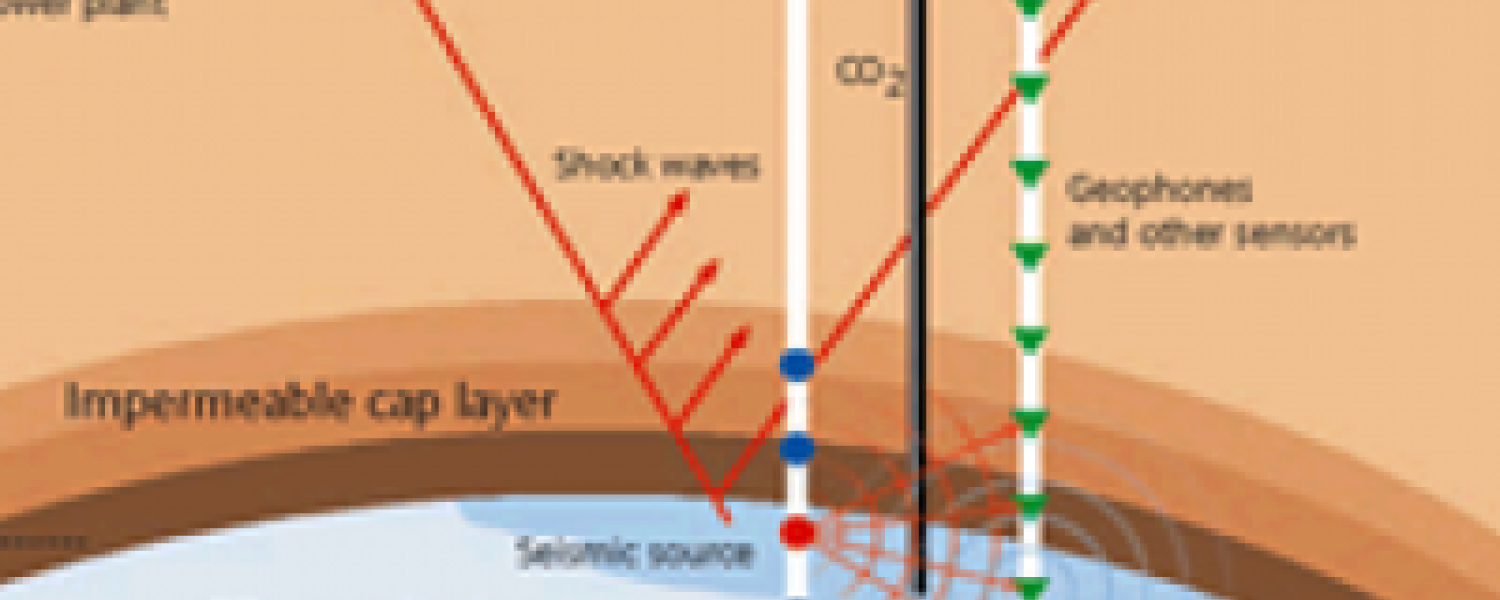

Bio-inspired Network Dynamics and Geomechanics
University
Course
VPL
Sponsor
Offices of the Executive Vice President for Research and the Provost Georgia Tech Fund for Innovation in Research and Education, GT-FIRE; Georgia Department of Transportation, G-DOT; ConocoPhillips company, Houston, Texas; Lawrence Livermore National
Goals
To predict soil and rock THCM behavior during heat and fluid injection and extraction, design new geomaterials to optimize the fuel cycle, and recommend strategies for resource and waste management. To build demonstration experimental set ups, to develop graphical media and to archive simulations ready for use in soil mechanics undergraduate course and geomechanics graduate courses.
Issues
What are the scales and processes governing soil and rock behavior? How much energy does it take to produce energy? Is hydraulic fracturing sustainable? How to ensure long-term reliability of geological storage facilities? What are our energy resources for 2050? Specific research areas include:
Multi-scale crack propagation in crystalline and porous media, or multicrack
Multi-scale modeling of stiffness in sane, damaged and repaired dentin for curing tooth cavities
Modeling of anisotropic damage in concrete repaired by epoxy injection
Simulation of tensile, shear and mixed crack propagation and coalescence in rock
Comparison of cohesive zone models and extended finite element methods for crack coalescence
Multi-scale crack networks in crystalline and porous media, or network
Theoretical prediction of flow network topology in the presence of heterogeneities
Simulation of the formation of slime mold networks
Bio-inspired design of utility networks
Modeling of rock permeability based on network topology descriptors
Microstructure-enriched modeling of healing in salt rock, or healing
Temperature- and moisture- controlled creep tests on granular salt
Microscope image analysis and statistical description of microstructure
Mathematical modeling of damage and healing from microstructure descriptors
MATLAB programming for damage and healing models at the sample scale
Finite Element simulation of salt rock damage and healing around cavities
Modeling particle crushing as a phase change, or crushing
Discrete Element simulation of particle crushing in a granular assembly
Geometric description and modeling of microstructure changes during particle crushing
Continuum-based prediction of energy dissipation by crushing with MATLAB
Numerical optimization of microstructures
Multi-scale crack propagation in crystalline and porous media, or multicrack
Multi-scale modeling of stiffness in sane, damaged and repaired dentin for curing tooth cavities
Modeling of anisotropic damage in concrete repaired by epoxy injection
Simulation of tensile, shear and mixed crack propagation and coalescence in rock
Comparison of cohesive zone models and extended finite element methods for crack coalescence
Multi-scale crack networks in crystalline and porous media, or network
Theoretical prediction of flow network topology in the presence of heterogeneities
Simulation of the formation of slime mold networks
Bio-inspired design of utility networks
Modeling of rock permeability based on network topology descriptors
Microstructure-enriched modeling of healing in salt rock, or healing
Temperature- and moisture- controlled creep tests on granular salt
Microscope image analysis and statistical description of microstructure
Mathematical modeling of damage and healing from microstructure descriptors
MATLAB programming for damage and healing models at the sample scale
Finite Element simulation of salt rock damage and healing around cavities
Modeling particle crushing as a phase change, or crushing
Discrete Element simulation of particle crushing in a granular assembly
Geometric description and modeling of microstructure changes during particle crushing
Continuum-based prediction of energy dissipation by crushing with MATLAB
Numerical optimization of microstructures
Tools and Methods
Interpretation and design of rock mechanics tests
Microscopic Observations
Image Analysis
Simulation of Granular Assemblies
Finite Element Modeling
Programming
Web Page Development
Desired Majors
Civil Engineering
Computer Engineering
Computer Science
Electrical Engineering
Environmental Engineering
Mechanical Engineering
Sponsor
Offices of the Executive Vice President for Research and the Provost Georgia Tech Fund for Innovation in Research and Education, GT-FIRE; Georgia Department of Transportation, G-DOT; ConocoPhillips company, Houston, Texas; Lawrence Livermore National